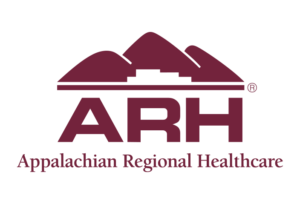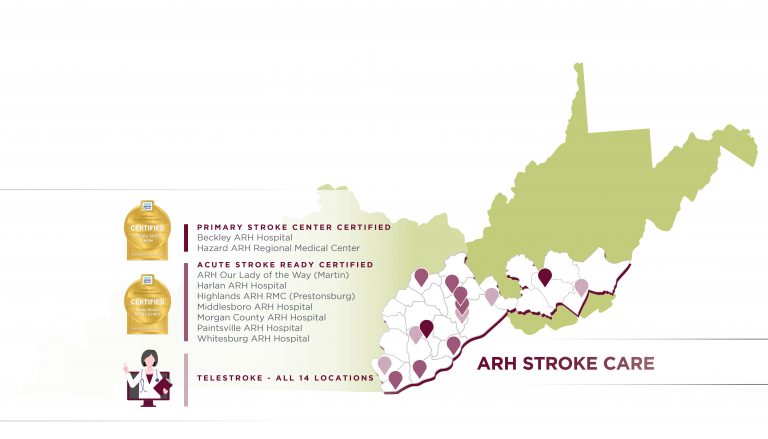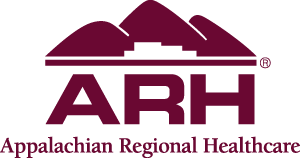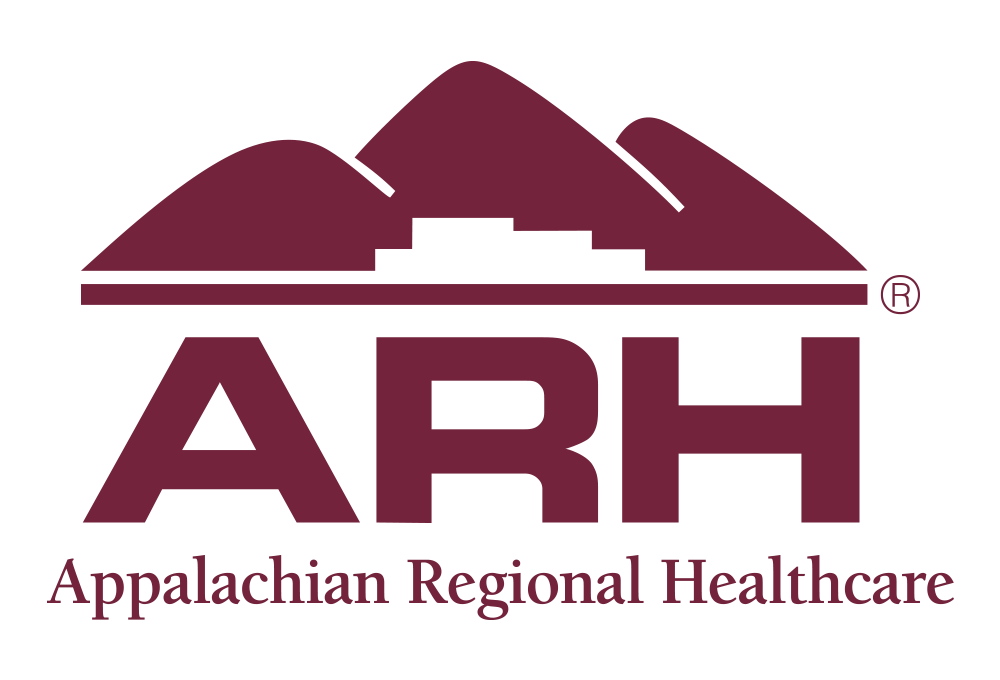
National Stroke Month
May 13, 2024
In this Living Well update, we’re going to be highlighting National Stroke Month. I couldn’t let this month go by without discussing the importance of learning to recognize the signs of a stroke. Some of you may have seen acronyms like FAST (Face Drooping, Arm Weakness, Speech Difficulty, Time to Call 911) and I hope you note and remember those symptoms so that you can get yourself or a loved one help immediately.
It’s also important to note some other stroke symptoms that may signal a stroke. According to the American Heart Association (n.d.) these warning signs may include numbness or weakness of the face, arm, or leg, often experienced on one side of the body, difficulty understanding speech or speaking and confusion, difficulty seeing out of one or both eyes, trouble walking, dizziness, and/or loss of balance, and a severe headache that has no known cause.
For my late husband Michael, I believe our awareness of signs and symptoms helped. On a Friday morning, Michael woke up a bit dizzy and hoarse. He assumed it was a sinus issue and we made an appointment with his primary care physician (PCP) in Lexington. At the appointment, the PCP could see no evidence of a sinus infection and assumed he had an allergy or viral issue and treated him accordingly. However, as we were walking from the exam room to check out, Michael let me know that his leg felt numb. I had him sit back down and went to find his doctor. She did an additional exam and could find no reason for this but sent him for a CT scan that afternoon. The CT was normal, so she suggested he follow up next week.

By Saturday, Michael had lost his voice and said he felt as if he were walking on a hill all the time, but he refused to go to the ER. By Sunday morning, he could only take one bite of his breakfast and when he did, he began choking. I ended up having to perform the Heimlich maneuver to clear his airway—it was terrifying. He was also barely able to walk by now.
Thankfully, we lived nearly across the street from an ER in Lexington, KY, and with a lot of effort, I was able to get Michael in the car and to the emergency room. By the time we arrived, Michael could not speak or even drink water without choking. He could not walk at all. After an MRI (Magnetic Resonance Imaging), we learned that Michael had in fact suffered a stroke, and a bad one at that.
Michael suffered from a Wallenburg Stroke, which is a stroke in the brain stem. It is not always visible on a CT, but it can be deadly. By the next morning, Michael was on a ventilator, and they had placed a feeding tube. He spent the next six weeks in a recovery center. He did eventually regain the ability to speak, walk, and swallow, though he was never back to 100%.
I wanted to share this with all of you because it is so important that you know the signs of a stroke (both the FAST acronym and the other potential symptoms), and that you know that you must be your own advocate.
If you have concerns about your health or a loved one’s health, please talk to your PCP and share these concerns.
So, this stroke month, please learn the symptoms of a stroke and talk to your PCP about your risk factors and how you can reduce the chances of experiencing a stroke. As always, take care of yourself and LIVE WELL!


